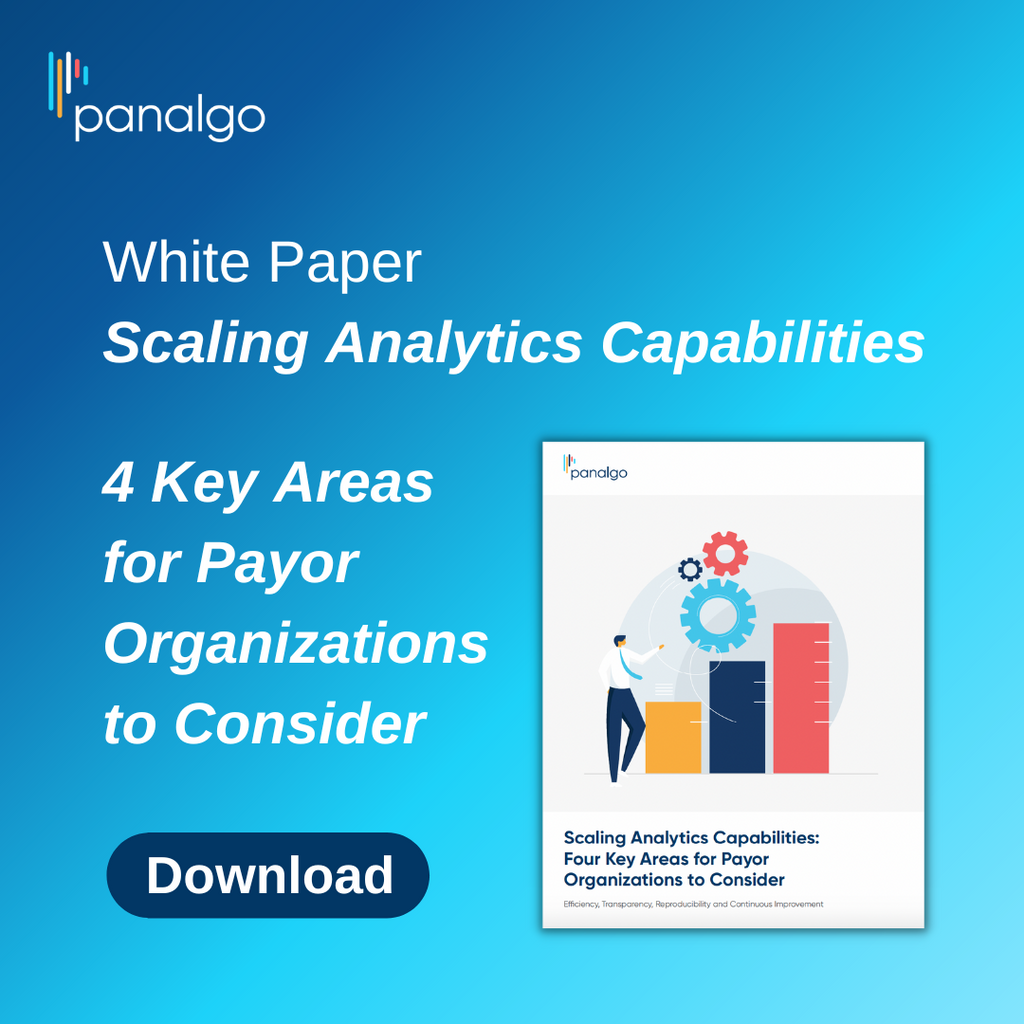Radar on Medicare Advantage
-
Summer of Deals Heats Up Integrated MA Market
The summer of 2024 is shaping up to be a hotbed of M&A activity among health systems that operate Medicare Advantage plans. While the year kicked off with Point32Health, Inc.’s planned acquisition of Baystate Health’s Health New England, which serves about 12,000 MA members, a flurry of deals announced in recent weeks will further shake up the landscape.
Kaiser Permanente in June unveiled its second Risant Health deal just a few weeks after shoring up its purchase of Geisinger Health, a 10-hospital system that operates one of the largest insurers in Pennsylvania. This time, the MA stalwart set its sights on Cone Health, a system of four hospitals in North Carolina. The health system also operates Triad HealthCare Network, a physician-led ACO, and an MA plan.

-
News Briefs: CMS Posts First Set of Medicare Negotiated Prices for 10 Part D Drugs
CMS released the first set of negotiated prices for 10 drugs with the highest total gross Part D spending, as directed by the Inflation Reduction Act (IRA). The agency published the list of 10 drugs selected for Medicare price negotiations a year ago and on Aug. 15 posted the maximum fair prices reached with manufacturers, reflecting discounts that range from 38% to 79% off of list price. The negotiated prices will take effect in 2026 and are expected to generate an aggregated savings of $1.5 billion in out-of-pocket costs for seniors. CMS estimated that about 9 million people with Medicare use at least one of the 10 negotiated drugs, which include highly utilized brand-name drugs Eliquis (apixaban) for the prevention and treatment of blood clots and Jardiance (empagliflozin) for the treatment of diabetes, heart failure and chronic kidney disease. CMS will continue to engage in price negotiations on select high-cost Part B and Part D drugs for future years.
-
Judge Sides With Community Plans in Arizona, Leaving Centene, UHC in Limbo
After an administrative law judge (ALJ) agreed with protesters that the Arizona Health Care Cost Containment System (AHCCCS) used an “arbitrary and flawed procurement process” that involved the use of undisclosed scoring criteria when awarding new contracts for the Arizona Long Term Care System (ALTCS), the implementation of the new pacts is on hold. AHCCCS on Aug. 13 said it is “pausing member transition activities” related to the new contracts that were scheduled to begin Oct. 1 and initially awarded to subsidiaries of Centene Corp. and UnitedHealthcare (UHC).
AHCCCS has 30 days to accept, modify or reject the ALJ’s decision, which was issued Aug. 9. The agency said it is “currently in the process of reviewing” the decision.

-
With More Subsidy Upfront, Part D Average Bid Will Rise 180% in 2025
Following an unprecedented year-over-year increase in 2024 stemming from provisions in the Inflation Reduction Act (IRA), the Medicare Part D national average monthly bid amount (NAMBA) is projected to increase by $115, or nearly 180%, to $179.45 in 2025. That number reflects big changes to the Part D benefit, such as the government passing more risk to Prescription Drug Plan (PDP) and Medicare Advantage Prescription Drug (MA-PD) sponsors, but it doesn’t mean the full bump in estimated costs will be passed onto consumers. At the same time, the federal government on July 29 unveiled a new demonstration opportunity for PDPs intended to provide additional premium stability across the Part D market.
The NAMBA — an enrollment-weighted average of the estimated cost to Part D plan sponsors of providing the basic benefit package — was always expected to increase because of benefit changes taking effect next year; it was just a question of how much higher it would be.

-
Headwinds Aside, MCOs Foresee Long-Term Growth in Medicaid
During recent conference calls to discuss second-quarter 2024 earnings, Centene Corp., Elevance Health, Inc. and Molina Healthcare Inc. all discussed the long-term Medicaid growth opportunity despite declining membership resulting from redeterminations and increasing medical costs — scenarios that they expect to stabilize next year. And while Centene may be scaling back its Medicare Advantage footprint and Elevance pursued a “disciplined approach” to 2025 bids, all three emphasized their continued focus on serving dual eligible Medicare-Medicaid beneficiaries.
For the quarter ending June 30, Centene on July 26 posted adjusted earnings per share of $2.42 and said it is on track to deliver adjusted EPS of at least $6.80 for the full year. The company ended the quarter with more than 13.1 million Medicaid members, down from just over 16 million a year ago. However, its total membership increased slightly to nearly 28.5 million members, with growth in the Affordable Care Act exchanges and Medicare Prescription Drug Plan (PDP) businesses offsetting Medicaid losses. Its overall medical loss ratio for the quarter was a higher-than-expected 87.6%, as cost pressures in Medicaid led to a segment MLR of 92.8% (compared with 88.9% in the prior year quarter).












